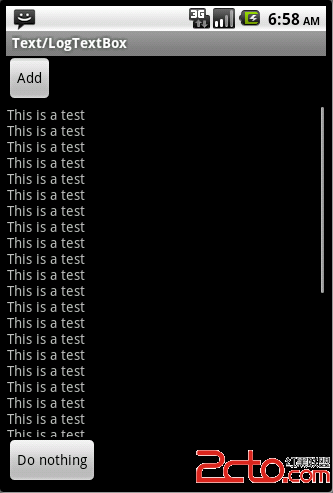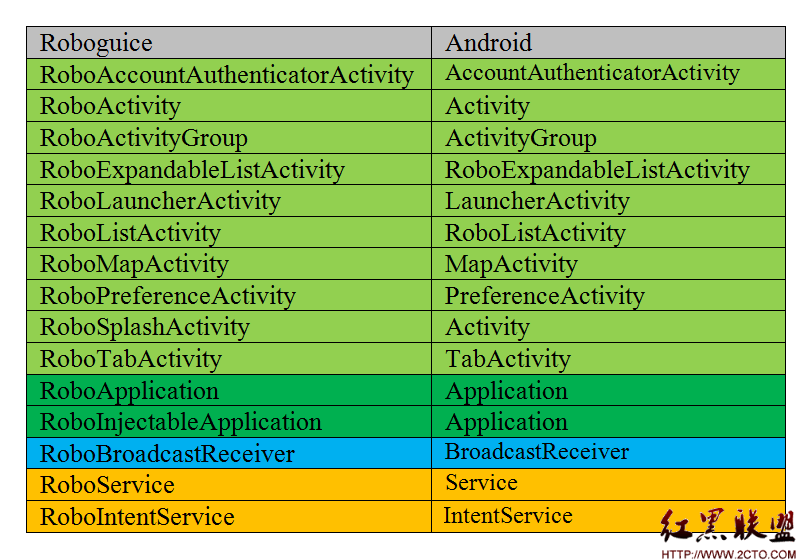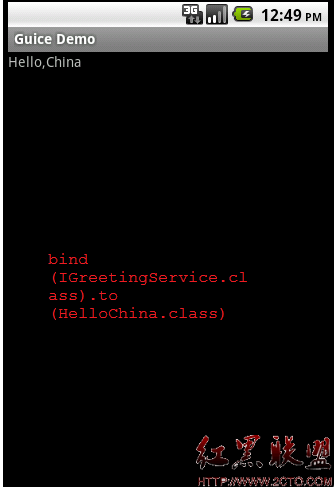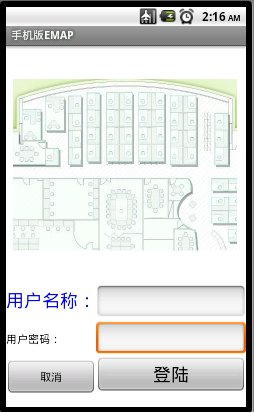Android上构建基于httpclient的网络连接池
先上代码:[java]
package xiaogang.enif.net;
import java.io.IOException;
import java.net.Socket;
import java.net.UnknownHostException;
import java.security.KeyManagementException;
import java.security.KeyStore;
import java.security.KeyStoreException;
import java.security.NoSuchAlgorithmException;
import java.security.UnrecoverableKeyException;
import java.security.cert.CertificateException;
import java.security.cert.X509Certificate;
import javax.net.ssl.SSLContext;
import javax.net.ssl.TrustManager;
import javax.net.ssl.X509TrustManager;
import org.apache.http.HttpHost;
import org.apache.http.HttpResponse;
import org.apache.http.HttpVersion;
import org.apache.http.client.methods.HttpGet;
import org.apache.http.client.methods.HttpHead;
import org.apache.http.client.methods.HttpPost;
import org.apache.http.client.methods.HttpUriRequest;
import org.apache.http.client.params.HttpClientParams;
import org.apache.http.conn.ClientConnectionManager;
import org.apache.http.conn.params.ConnManagerParams;
import org.apache.http.conn.params.ConnPerRouteBean;
import org.apache.http.conn.params.ConnRouteParams;
import org.apache.http.conn.scheme.PlainSocketFactory;
import org.apache.http.conn.scheme.Scheme;
import org.apache.http.conn.scheme.SchemeRegistry;
import org.apache.http.conn.ssl.SSLSocketFactory;
import org.apache.http.impl.client.DefaultHttpClient;
import org.apache.http.impl.conn.tsccm.ThreadSafeClientConnManager;
import org.apache.http.params.BasicHttpParams;
import org.apache.http.params.HttpConnectionParams;
import org.apache.http.params.HttpParams;
import org.apache.http.params.HttpProtocolParams;
import xiaogang.enif.utils.IOUtils;
import android.content.Context;
import android.net.Proxy;
import android.text.TextUtils;
public class HttpManager {
private static final int DEFAULT_MAX_CONNECTIONS = 30;
private static final int DEFAULT_SOCKET_TIMEOUT = 20 * 1000;
private static final int DEFAULT_SOCKET_BUFFER_SIZE = 8192;
private static DefaultHttpClient sHttpClient;
static {
final HttpParams httpParams = new BasicHttpParams();
ConnManagerParams.setTimeout(httpParams, 1000);
ConnManagerParams.setMaxConnectionsPerRoute(httpParams, new ConnPerRouteBean(10));
ConnManagerParams.setMaxTotalConnections(httpParams, DEFAULT_MAX_CONNECTIONS);
HttpProtocolParams.setVersion(httpParams, HttpVersion.HTTP_1_1);
HttpProtocolParams.setContentCharset(httpParams, "UTF-8");
HttpConnectionParams.setStaleCheckingEnabled(httpParams, false);
HttpClientParams.setRedirecting(httpParams, false);
HttpProtocolParams.setUserAgent(httpParams, "Android client");
HttpConnectionParams.setSoTimeout(httpParams, DEFAULT_SOCKET_TIMEOUT);
HttpConnectionParams.setConnectionTimeout(httpParams, DEFAULT_SOCKET_TIMEOUT);
HttpConnectionParams.setTcpNoDelay(httpParams, true);
HttpConnectionParams.setSocketBufferSize(httpParams, DEFAULT_SOCKET_BUFFER_SIZE);
SchemeRegistry schemeRegistry = new SchemeRegistry();
schemeRegistry.register(new Scheme("http", PlainSocketFactory.getSocketFactory(), 80));
try {
KeyStore trustStore = KeyStore.getInstance(KeyStore.getDefaultType());
trustStore.load(null, null);
SSLSocketFactory sf = new MySSLSocketFactory(trustStore);
sf.setHostnameVerifier(SSLSocketFactory.ALLOW_ALL_HOSTNAME_VERIFIER);
schemeRegistry.register(new Scheme("https", sf, 443));
} catch (Exception ex) {
// do nothing, just keep not crash
}
ClientConnectionManager manager = new ThreadSafeClientConnManager(httpParams, schemeRegistry);
sHttpClient = new DefaultHttpClient(manager, httpParams);
}
private HttpManager() {
}
public static HttpResponse execute(HttpHead head) throws IOException {
return sHttpClient.execute(head);
}
public static HttpResponse execute(HttpHost host, HttpGet get) throws IOException {
return sHttpClient.execute(host, get);
}
public static HttpResponse execute(Context context, HttpGet get) throws IOException {
if (!IOUtils.isWifiAvailable(context) && isWapNetwork()) {
setWapProxy();
return sHttpClient.execute(get);
}
final HttpHost host = (HttpHost)sHttpClient.getParams().getParameter(
ConnRouteParams.DEFAULT_PROXY);
if (host != null) {
sHttpClient.getParams().removeParameter(ConnRouteParams.DEFAULT_PROXY);
}
return sHttpClient.execute(get);
}
private static void setSinaWapProxy() {
final HttpHost para = (HttpHost)sHttpClient.getParams().getParameter(
&n
补充:移动开发 , Android ,




